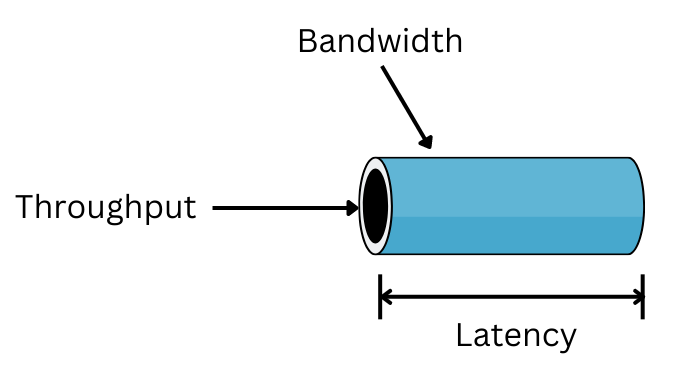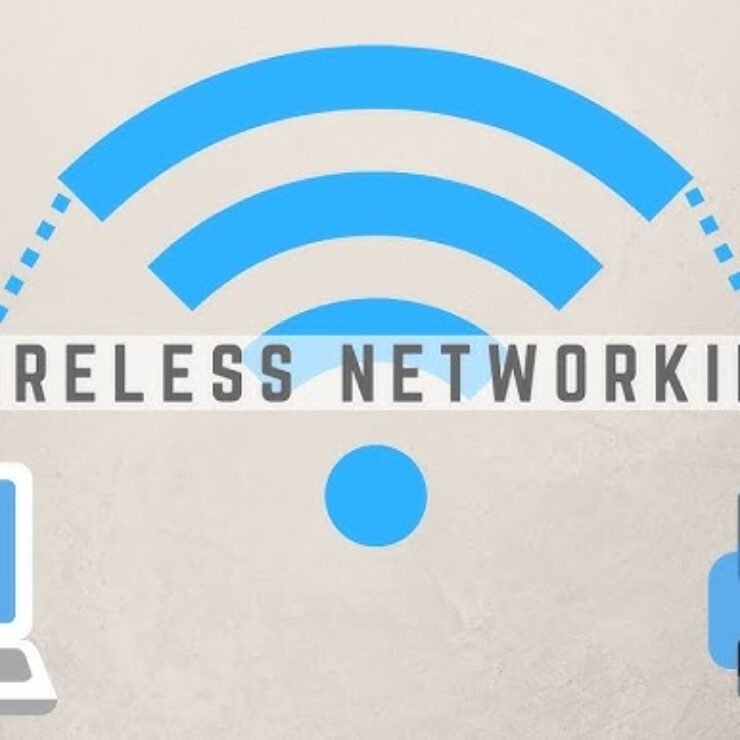When it comes to building fast, responsive, and reliable applications, two key factors can make or break the user experience: bandwidth and latency. Whether you’re developing a mobile app, game, or video streaming service, understanding these two networking terms can help you deliver a smoother and faster app.
What Is Bandwidth?
Bandwidth is the amount of data your network can transfer in a certain amount of time. Think of it like a water pipe — the wider the pipe (more bandwidth), the more water (data) can flow through at once.
Bandwidth is Measured In:
- Bits per second (bps)
- Kilobits per second (Kbps)
- Megabits per second (Mbps)
- Gigabits per second (Gbps)
Example: If you have a 100 Mbps internet connection, your network can transfer up to 100 megabits per second.
What Is Latency?
Latency, often called ping time, is the delay it takes for data to travel from one point to another. It’s measured in milliseconds (ms) and shows how fast data moves from your device to a server and back.
Example:
If you search something on Google and it takes 80 ms to send a request and receive a response, your latency is 80 ms.
Bandwidth vs. Latency: Key Differences
| Feature | Bandwidth | Latency |
|---|---|---|
| What it measures | Data volume | Time delay |
| Unit | Mbps, Gbps | ms |
| Affects | Data transfer capacity | Response time |
| Goal | Higher is better | Lower is better |
Why Bandwidth and Latency Matter in Real Life
If your app loads slowly, buffers, or lags — it’s likely due to poor bandwidth or high latency. Here’s how it affects different user activities:
1. Gaming
- Low bandwidth → poor graphics or lag
- High latency → slow response and delays
2. Streaming and Browsing
- Low bandwidth → buffering and blurry videos
- High latency → delay in loading websites or videos
3. Video Calls and Meetings
- Low bandwidth → fuzzy or dropped video
- High latency → frozen screens or out-of-sync audio
4. IoT and Smart Home Devices
- Low bandwidth → slower data updates
- High latency → delayed actions in smart locks, lights, etc.
5. Chat & Messaging
- Low network speed → slow message delivery and poor media quality
- High latency → delayed messages or broken conversations
6. Cloud Services
- Low performance → slower uploads/downloads
- High latency → lag in syncing or accessing data
Factors That Affect Bandwidth and Latency
Several things can impact your network performance:
- Network equipment: Router quality, cables, and switches
- Internet provider speed limits
- Type of internet connection (fiber, DSL, cellular)
- Distance to the server
- Other connected devices
- Network traffic or congestion
How to Optimize Your App for Low Bandwidth and High Latency Users
You can’t control your user’s internet, but you can design smarter apps that work better in poor network conditions. Here’s how:
1. Use Nearby Servers
Choose server locations close to your users for faster communication.
2. Add Load Balancing
Distribute user traffic to prevent slowdowns or server crashes.
3. Support Offline Mode
Allow users to use key features even without internet access. Sync data later when back online.
4. Enable Lazy Loading
Load important content first, and the rest as the user scrolls or interacts.
5. Reduce Network Requests
Batch requests, avoid redirects, and use caching to lower the number of data calls.
6. Compress and Optimize Media
Use image and video compression to reduce file sizes and speed up loading.
7. Implement Caching
Use browser, CDN, or server-side caching to load data faster.
8. Add Status Indicators
Let users know if content is loading, if there’s no internet, or if there’s a delay.
9. Minify Code
Clean up your CSS and JavaScript to speed up load times.
10. Use Smart APIs
Use APIs that offer optimized performance for real-time tasks like video calls or live data.
Final Thoughts
When it comes to improving user experience, both bandwidth and latency play a big role. Slow apps, broken streams, or delayed responses can push users away.
By optimizing your app for different network conditions, you make it faster, more reliable, and more enjoyable — even in places with poor internet. And that’s how you keep your users happy and coming back.




